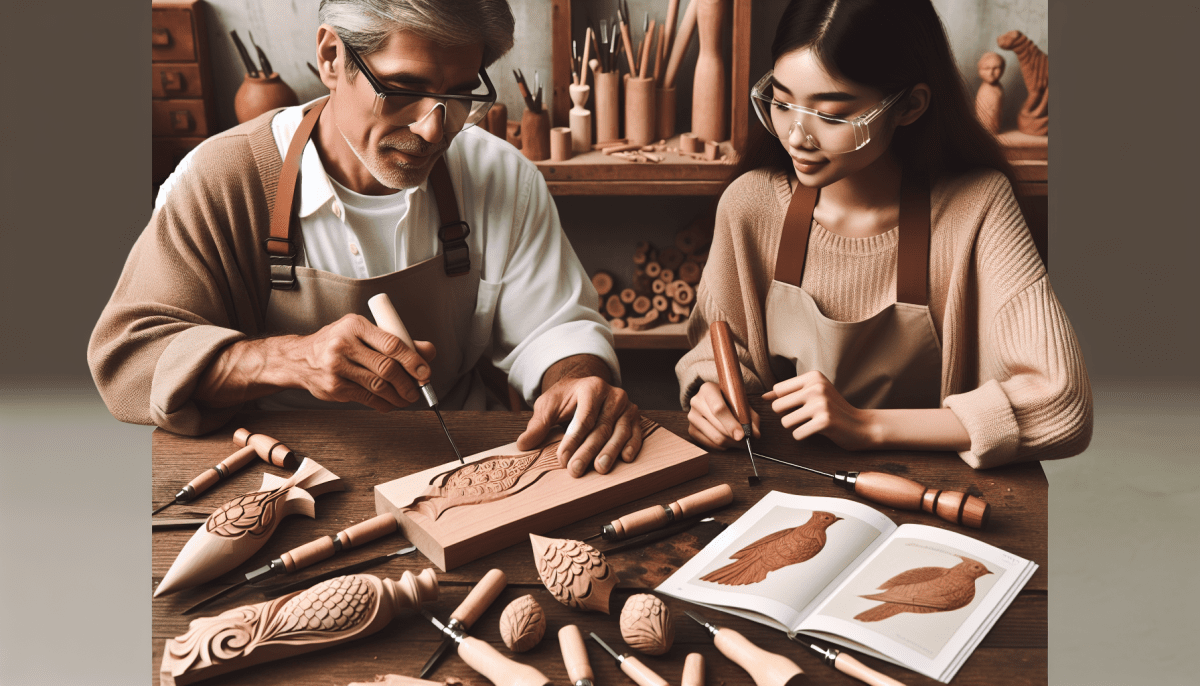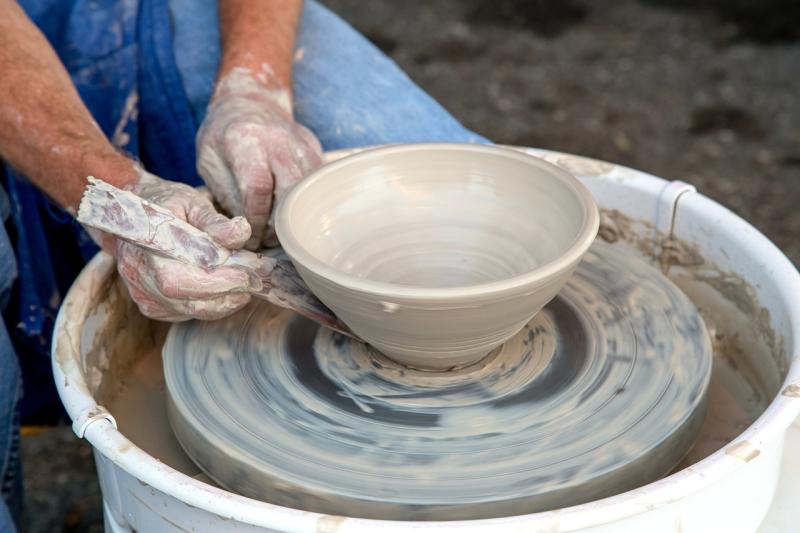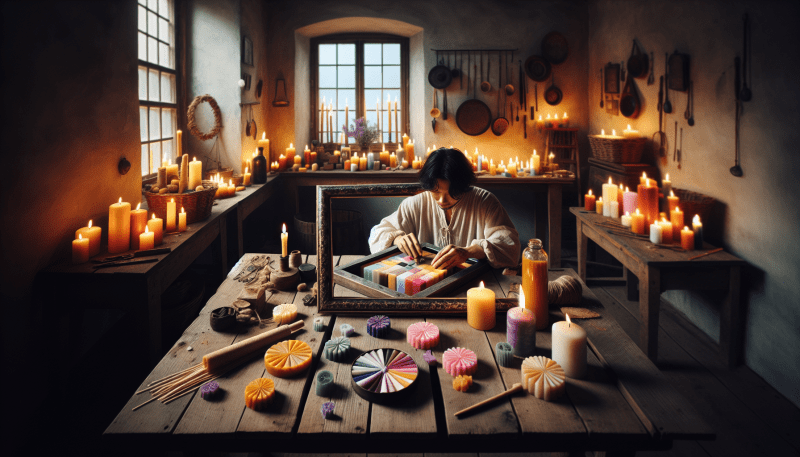Wood carving can be a rewarding and creative hobby, but it's important to have the right tools for success. If you're just starting out in the world of wood carving, here are some essential tools that every beginner should have in their toolkit.
The first tool you'll need is a set of carving knives. These come in various shapes and sizes, and are essential for shaping and detailing your wood carving projects. Look for a set that includes a variety of blade shapes, such as straight, hooked, and gouge blades, to give you versatility in your carving.
Next, you'll want to invest in a good quality carving mallet. This tool is used in conjunction with your carving knives to help drive the blades through the wood with precision and control. A carving mallet will make your carving process much smoother and more efficient.
Finally, don't forget about sharpening tools. Keeping your carving knives sharp is crucial for achieving clean cuts and intricate details in your wood carving projects. Invest in a sharpening stone or strop to keep your blades in top condition as you continue to hone your skills in wood carving for beginners.
Choosing the Right Wood for Your Project
When starting out in the world of wood carving for beginners, one of the most important things to consider is choosing the right type of wood for your project. Different woods have different characteristics that can affect the outcome of your carving, so it's essential to select the appropriate wood for the job.
One of the best types of wood for beginners to use is basswood. Basswood is soft, lightweight, and easy to carve, making it ideal for those who are just starting out. Its fine grain also makes it a great choice for detailed carving work. Another good option for beginners is pine, which is also soft and easy to work with.
If you're looking to create a more intricate design, you may want to consider using mahogany or cherry wood. These hardwoods are more challenging to carve but offer a beautiful finish once completed. Oak and walnut are also popular choices for wood carving, as they are durable and have a rich, attractive color.
Basic Techniques to Master in Wood Carving
Wood carving for beginners can seem intimidating at first, but with some practice and patience, you can master this craft. One of the basic techniques to learn in wood carving is how to properly hold and use your carving tools. It's important to keep your fingers out of the way and always carve away from your body to avoid accidents. Practice different grips and angles to find what works best for you.
Another essential technique to master in wood carving is understanding the grain of the wood. The grain refers to the direction in which the wood fibers run, and carving against the grain can result in splintering and rough cuts. It's important to carve with the grain to achieve smooth and clean cuts. Take your time to study the wood and determine the direction of the grain before starting your carving.
One technique that can greatly improve your wood carving skills is learning how to properly sharpen your carving tools. Sharp tools will make your carving process easier and more enjoyable, allowing you to create intricate details and smooth finishes. Invest in a quality sharpening stone and take the time to sharpen your tools regularly. With sharp tools, you'll be able to carve with precision and achieve professional-looking results in your wood carving projects.
Finishing Touches: Sanding and Polishing Tips
After carving your wood creation, the next step in the process is sanding and polishing to give it that smooth and professional finish. Sanding is essential to remove any rough edges, splinters, or imperfections in the wood. It also helps to prepare the surface for the final polishing step. When sanding, start with a coarse grit sandpaper and gradually work your way up to a finer grit for a smooth finish.
When polishing your wood carving, there are a few different techniques you can use depending on the type of wood and the desired outcome. One popular method is using a wood polish or wax to add shine and protection to the surface. You can also use a wood varnish or lacquer for a more durable finish. Remember to apply the polish or varnish in thin, even coats and allow each layer to dry completely before applying the next.
For beginners, it's important to take your time with the sanding and polishing process to ensure a professional-looking final product. Don't rush through these steps, as they can make a big difference in the overall quality of your wood carving. Remember to always sand with the grain of the wood to avoid damaging the surface, and use a clean, soft cloth to apply the polish or varnish evenly. With a little practice and attention to detail, you can achieve a beautifully finished wood carving that showcases your skills as a beginner in the art of wood carving.



